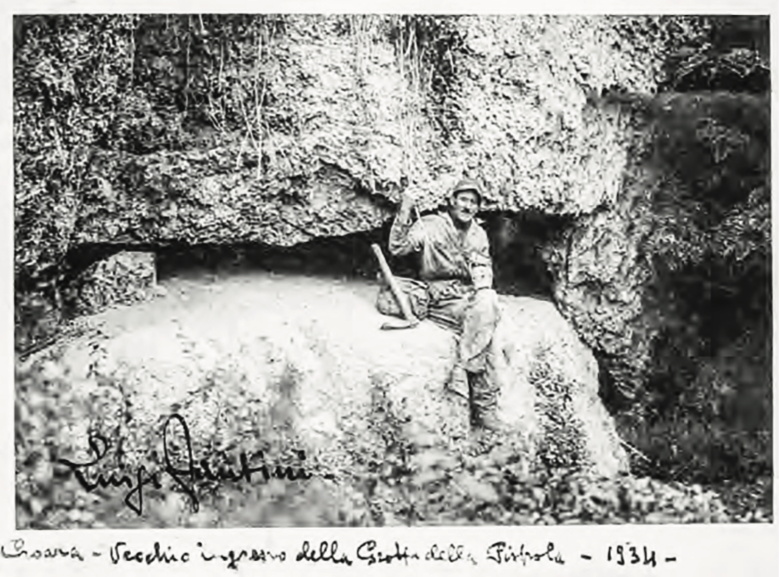If we were able to read them, cities could tell us so much of the environment in which they have grown. A query on building materials can provide us with information on the geological history of our landscape. Brick, sandstone and selenite masonry are Bologna's main building materials. All of extractive nature, they show us the nature of the plains, the hills and the mountains.
We addressed the subject of selenite with Giuseppe Rivalta, a biologist, a naturalist by aspiration and practice. Observer and collector, he showed us a way of telling and writing. As a child he felt the need to know the environment around him, without any limit, using all his senses and means: climbing over walls, entering into the smallest cave, smelling the earth, tasting rocks. Like everything else, even Bolognese gypsum is a source of endless information for those who want to learn about them.

From the words of Giuseppe Rivalta, we can learn how the life of our historic city is linked to that of the hill. Six million years ago the ocean floor began to rise and the large marine deposits of organic origin were shattered, broken and thus allowed the formation of a highly dynamic system: the karst landscape. Selenite, soluble dihydrate lime sulfate, has allowed the formation of sinkholes, caves, underground rivers hiding original flora and fauna that live the eternal night of the subsoil.

Caves are receptacles of memories: artifacts, animal carcasses document the change of life. This is the environment around which Bologna was born at the hands of the Etruscans first and then the Romans; in Monte Donato they opened quarries to create bases, architraves, corner elements.
The same circle in selenite dating back to the 5th century was built by reusing stones extracted from there. The name selenite is suggested by night vision: on full-moon nights, crystalline will shine. If free of impurities, the name is Lapis Specularis and it was used as a substitute for glass. Dating back 6 million years, Giuseppe Rivalta, as Luigi Fantini before him, shows our city under a different light, how can we not experience slight dizziness? It is quite true that in every corner of our world there is the story of the infinite.

.png)



.png)